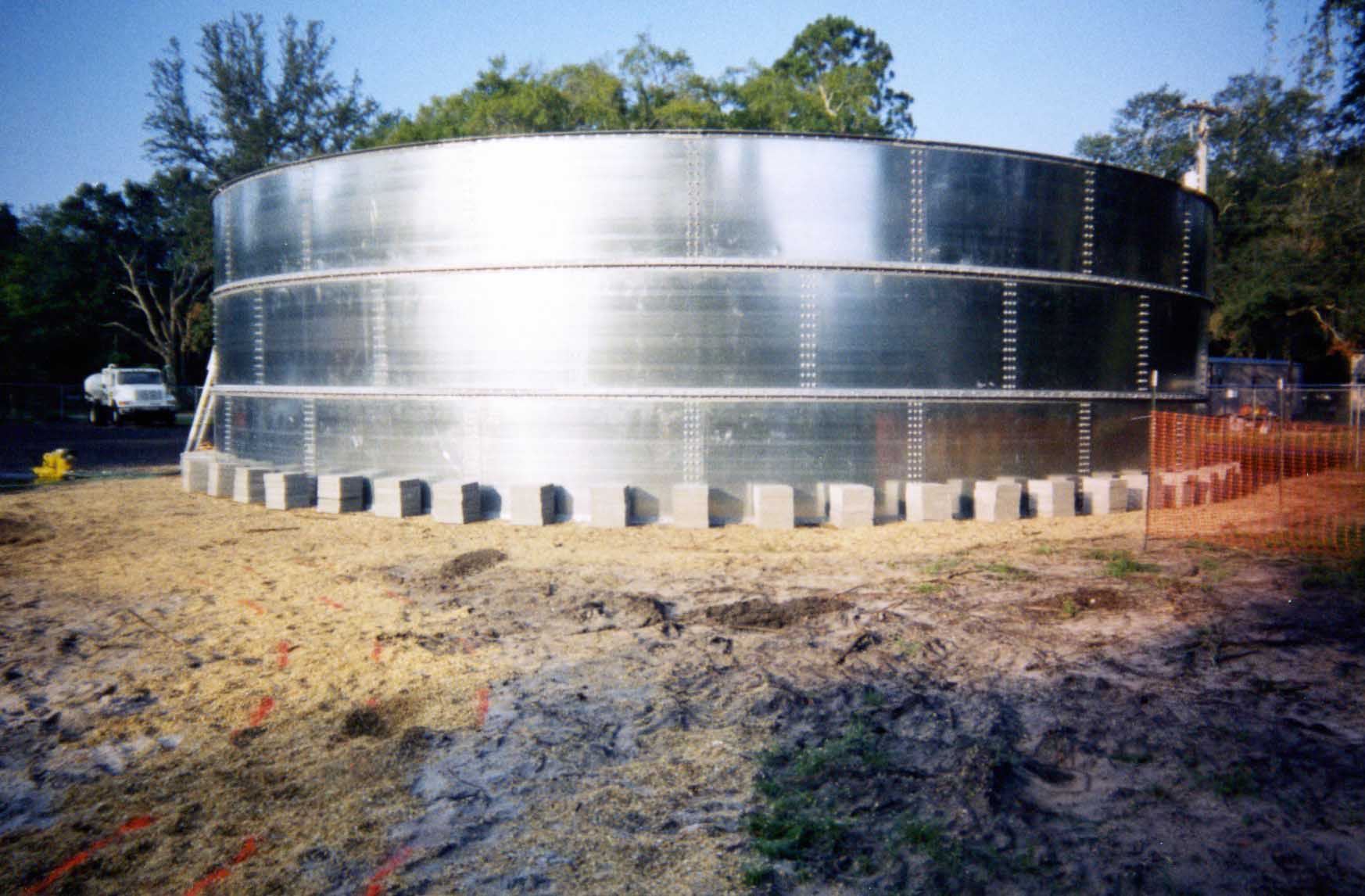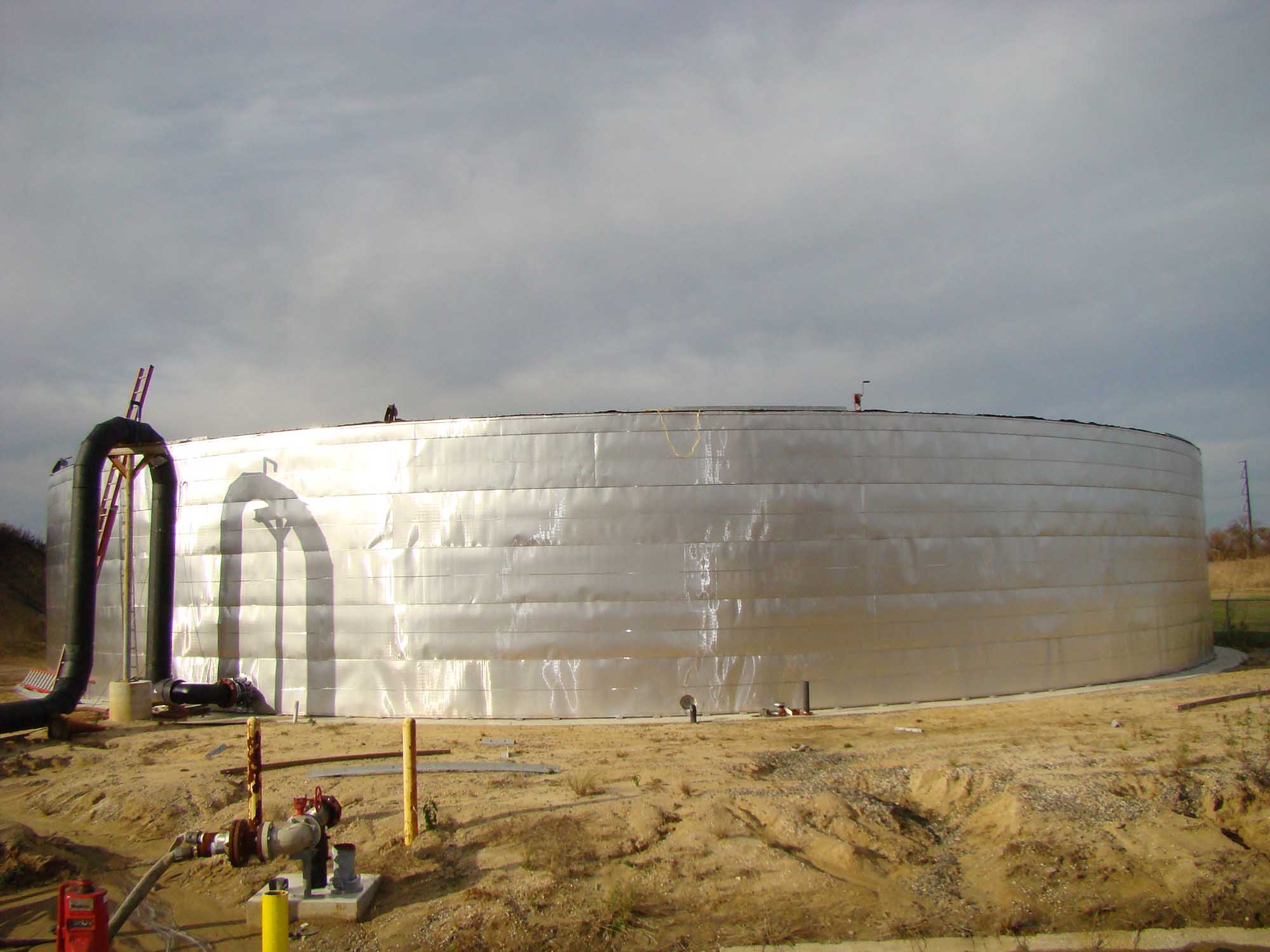- Mon-Fri: 8:00am - 6:00pm
- 41-04 35th Avenue, Long Island City, N.Y. 11101
Since 1970, Modutank Inc. has offered a selection of storage tanks and secondary containment systems suitable for most leachate, water, chemical, fuel containment and seismic requirements. Composed of modular steel parts and fitted with various liner materials, our tanks feature rapid bolt-together assembly with hand tools. These leachate tanks can be installed free-standing on level, compacted surfaces or permanently anchor-bolted to concrete footings. Modularity assures ease of transport to the site and assembly of tank configuration for different sizes and capacities. Furthermore, our flat panel tanks can be configured in round, square, rectangular or special shapes for irregular sites. Floating covers, steel covers, double liners, inlet and outlet fittings, leak detection, drains, vents and other ancillaries are available.


Leachate is the liquid that collects in landfills subsequent to rainfall. Rainwater leaches contaminants from the waste material into the landfill. Due to high contaminant levels, which include ammonia and other pathogens, leachate poses a severe environmental risk not only to public sewer systems and sewage treatment, but to streams, rivers and lakes. Therefore, landfill leachate and liquid storage tanks for chemical collection are an effective solution recognized by waste management teams.
Older landfills, mining sites in developing countries and incorrect disposal of waste present the highest environmental risks. Leachate dumped directly into rivers or lakes instead of stored in leachate tanks has an acute negative impact on water resources. High levels of toxic metals and organic toxins may devastate aquatic lifeforms and poison potable water.


Older landfills, mining sites in developing countries and incorrect disposal of waste present the highest environmental risks. Leachate dumped directly into rivers or lakes instead of stored in leachate tanks has an acute negative impact on water resources. High levels of toxic metals and organic toxins may devastate aquatic lifeforms and poison potable water.
Leachate storage tanks operate as intermediate tanks or tight tanks. Intermediate tanks briefly hold leachate until it is released for treatment at an on-site facility. Tight tanks hold leachate until it is pumped out and removed to either an off-site treatment facility or disposed of in an approved manner.